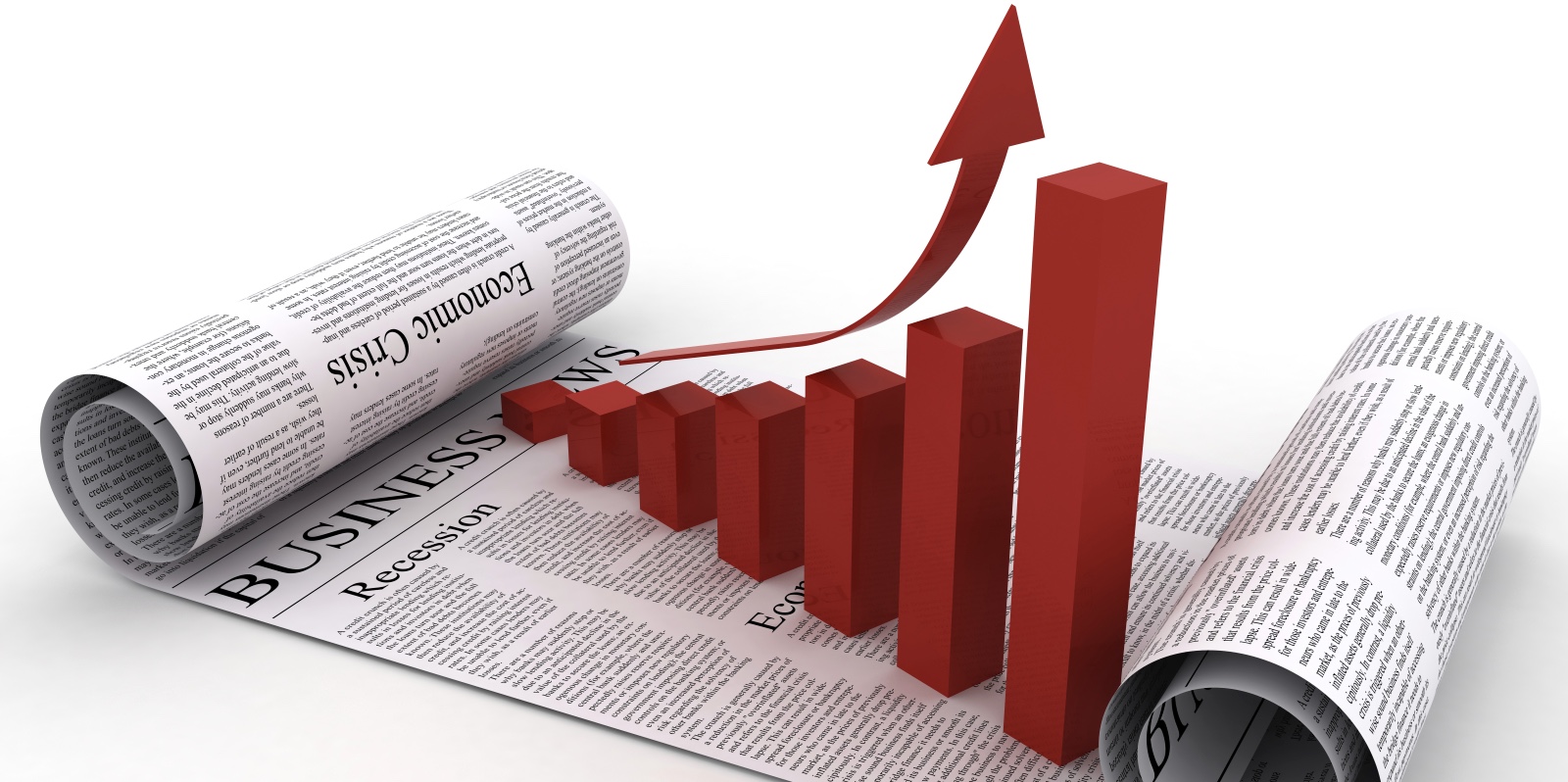
No 'great recovery' from the Great Recession
In 2009, inflation-adjusted output (Gross Domestic Product) fell by -2.4 percent. This was the largest one-year decrease in GDP since the Great Depression, causing economists to dub this contraction as the Great Recession. Since 1948, the average growth in real output following a year of decline in GDP is 5.6 percent. But it seems unlikely there will be a corresponding Great Recovery following the Great Recession of 2008-2009.
In 2009, inflation-adjusted output (Gross Domestic Product) fell by -2.4 percent. This was the largest one-year decrease in GDP since the Great Depression, causing economists to dub this contraction as the Great Recession. Since 1948, the average growth in real output following a year of decline in GDP is 5.6 percent.
But it seems unlikely there will be a corresponding Great Recovery following the Great Recession of 2008-2009. The prevailing view among economy watchers is that the recovery will be "u" shaped rather than "v" shaped, meaning that real growth of Gross Domestic Product will be modest compared to past upturns and unemployment will remain as a persistent problem.
The March revision of the W. P. Carey economic forecast reflects this somber assessment. While 3.0 percent growth of real GDP for this year and next is not a "gloom and doom" outlook, it is consistent with expectations that consumers will remain cautious, business will be slow to expand plant, equipment and hiring in the face of excess capacity, and state and local governments will remain strapped for funds.
4 percent GDP growth?
Although there is a consensus that recovery will take longer this time, perspectives vary on how long it will be before GDP exhibits a rebound such as recorded in other post-recession periods. Economic forecasts for 2012 from three sources are set out in the accompanying table to illustrate the range of outlooks. Assuming the recession officially ended sometime in mid-year 2009, then 2012 will be the third year of recovery.
2012 Economic Forecasts: 3 Sources (%)
- Real GDP Growth: 3.4/4.3/4.6
- Inflation: 2.3/2.0/1.2
- 3 Mo. T-Bill Rate: 3.2/3.0/1.9
- Unemployment Rate: 8.3/8.2/8/0
Notes: Private Economists from Blue Chip Economic Indicators, March 2010; Obama Administration from Office of Management and Budget, February 2010; CBO is Congressional Budget Office economic outlook analysis January, 2010.
Private economists polled by Blue Chip Economic Indicators believe that real GDP growth in 2012 will be 3.4 percent. The Office of Management and Budget (OMB) of the Obama administration projects real growth will be nearly one percentage point higher, at 4.3 percent, and the Congressional Budget Office (CBO) is even more optimistic, with a forecast of 4.6 percent growth.
None of the forecasts in the table anticipate a sharp rise in inflation (as measured by increases in the Consumer Price Index), but again the difference between the private economists and the CBO is greater than a full percentage point. The private economists and the OMB believe that short term rates will be at 3.0 percent or greater by 2012. The CBO projects lower interest rates.
Unemployment rate stays high
There is agreement on the persistence of unemployment as a problem facing policy makers. All three sources expect unemployment to be at least 8.0 percent of the labor force by 2012. While improved over the current unemployment rate near 10 percent, it is very likely that unemployment at that level will be an important issue for voters in 2012, an election year. A figure of 8.0 percent unemployment implies at least 12 million persons unemployed (compared to 15 million unemployed today).
Since 1948, the unemployment rate has averaged 8.0 percent or more for an entire year only three times, in 1975, 1982, and 1983. The sources in the table suggest that the recovery period 2009-2012 will bring a new record of four consecutive years of 8.0 percent unemployment rates, a fitting epilogue to the Great Recession.
Latest news
- Pop culture is key to effective teaching
How a management and entrepreneurship professor uses Ted Lasso and other pop-culture touchstones…
- Artificial intelligence in business master's degree helps Nathan Merriman combine business strategy with technology
Nathan Merriman (MS-AIB '25) had been working in business for a few years when he learned about…
- How the Executive MBA empowered Scott Gates to be a mission-driven leader
Scott Gates (BS Marketing '04, Executive MBA '15) had a very positive experience during his…